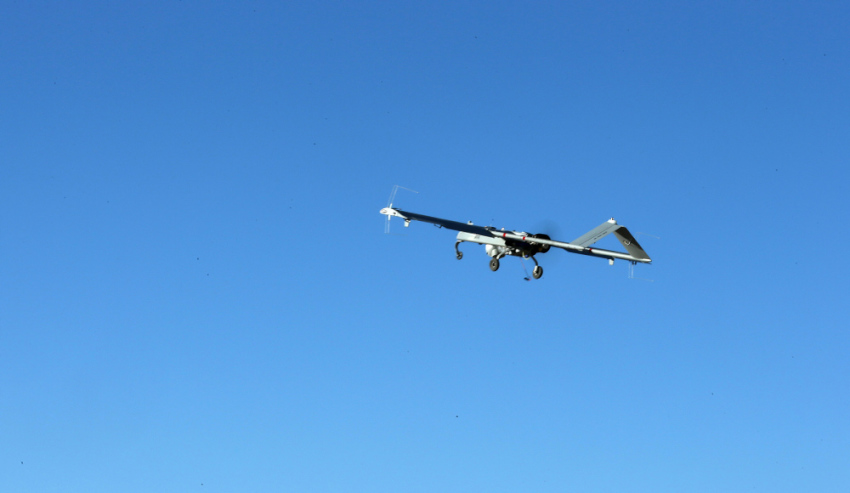The Department of Defence has confirmed that the replacement of the Army’s Shadow 200 Tactical Unmanned Aerial System (UAS) through project LAND 129 Phase 3 has progressed to the tendering process.
Four companies have been selected through an abbreviated invitation to register process and will be provided a detailed request for tender, to further explore plans and conceptual integration designs.
Deputy Director Army UAS Projects Andrew McKinnon said there are a number of local companies already involved in the Australian Defence Force’s unmanned systems space.
"These companies are encouraged to continue their engagement with the LAND 129 Phase 3 down-selected tenderers in order to deliver a world-class capability," McKinnon said.
The four down-selected companies are:
- Insitu Pacific;
- Leidos Australia;
- Raytheon Australia; and
- Textron Systems Australia.
McKinnon thanked Australian small businesses in the defence industry and participants in the invitation to register for their continued support of project LAND 129 Phase 3.
McKinnon added, "Unmanned aerial systems are a key component of Army’s Surveillance and Reconnaissance capability, with some smaller unmanned systems recently being used on Operation Bushfire Assist."
As part of the LAND 129 Phase 3 program, Defence is looking for a capability to replace the SHADOW 200's current capability set, which includes EO/IR stabilised imagery, communications relay payload, laser designation, electronic line-of-sight communications and advanced simulation.
As part of its efforts to expand its TUAS capabilities, Defence is looking for the new capability to include more advanced modular payloads, encrypted communications, a reduced equipment footprint, runway independent operations, quieter operations, operations in more classes of airspace (apart from military restricted airspace), increased environmental operating envelope and increased connectivity and networking in the battlespace.
The new TUAS requirements must also meet the following:
- TUAS – an air vehicle with a GTOW of more than 25 kilograms and less than 250 kilograms;
- System – a TUAS consisting of, at a minimum, an air vehicle and a ground control station (GCS);
- Subsystem – a subsystem of a TUAS, e.g. propulsion, avionics, autopilot, GCS, data link;
- Component – a component of an TUAS, e.g. a battery, antenna, servo motor; and
- Services – services related to TUAS, e.g. operations, engineering, maintenance, training.
Defence is looking to hear from Australian suppliers operating in the TUAS space in terms of systems, subsystems, payloads and components.
The next phase of the project will focus on a competitive evaluation of more comprehensive tendered solutions from the four primes, prior to progressing the project to government consideration in 2021.








